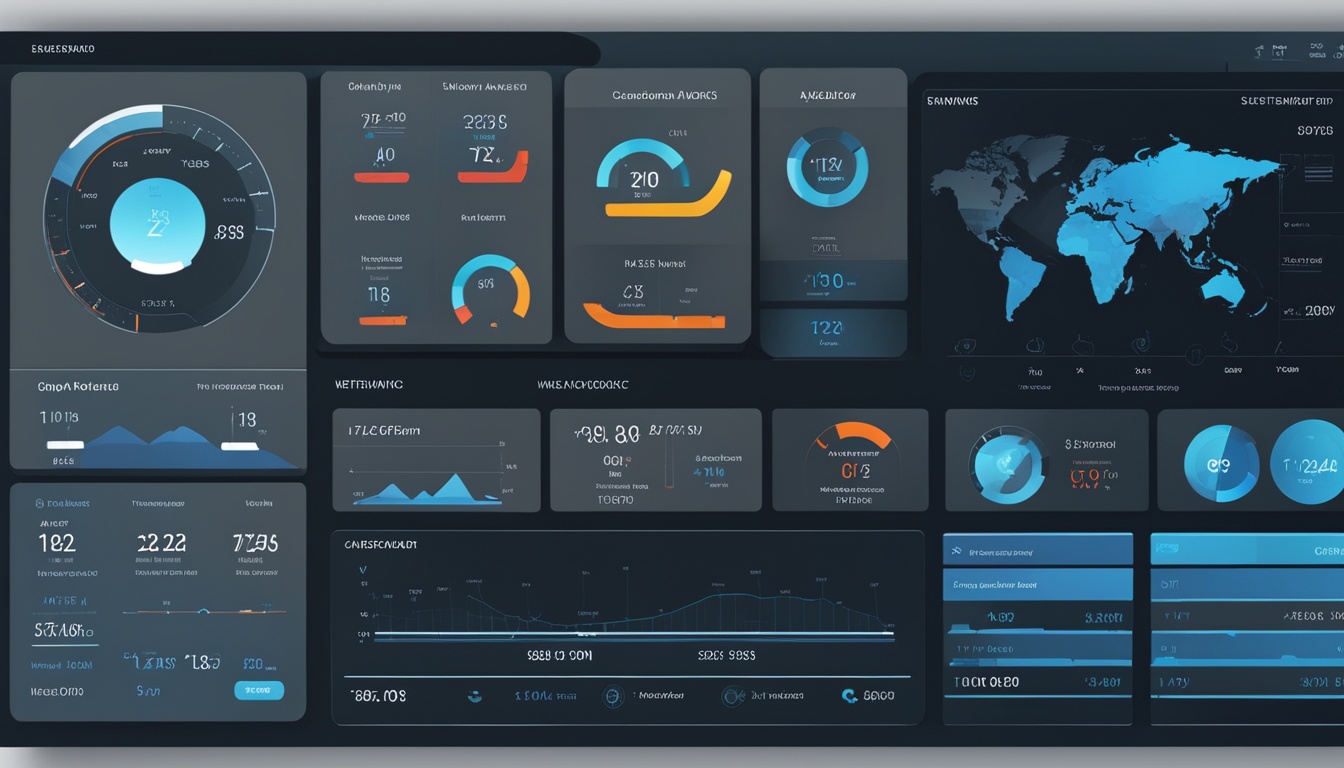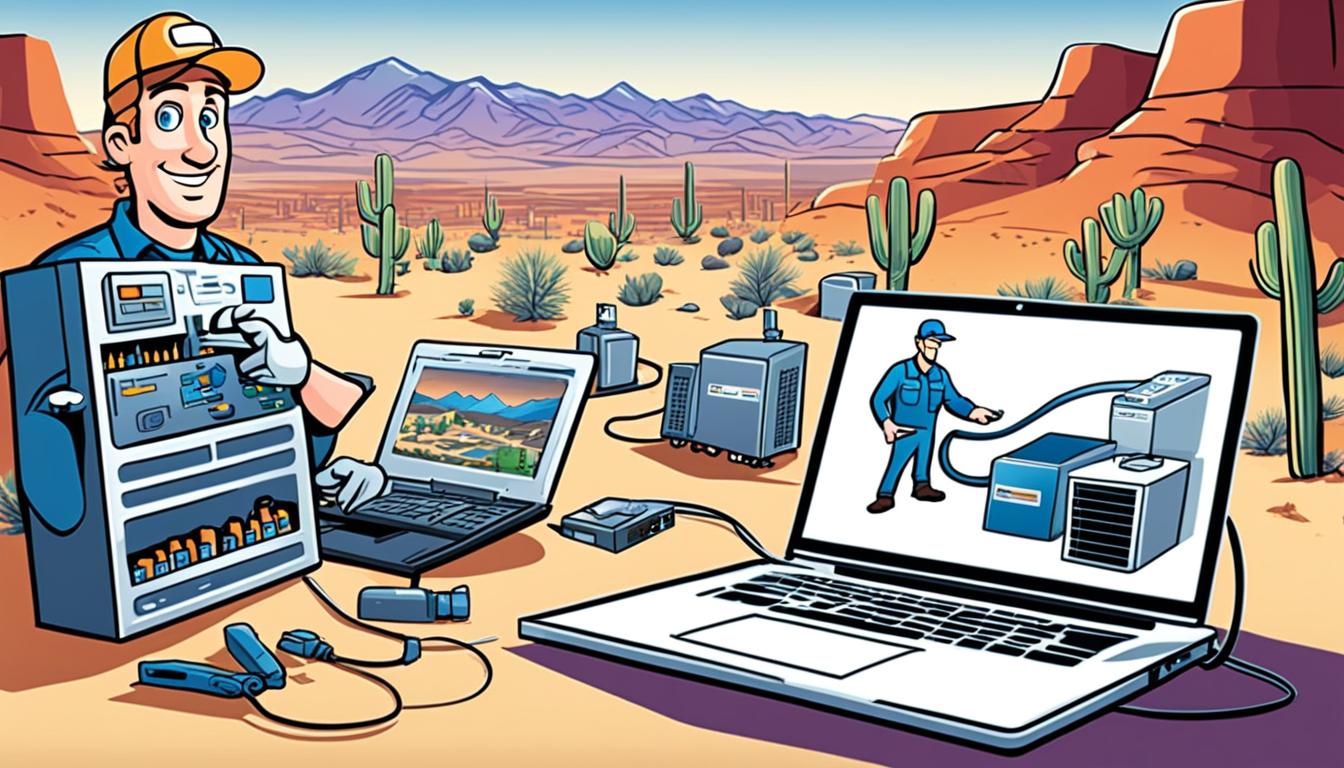Imagine being in a room filled with whispers, where every hushed word carries a secret waiting to be discovered. Amongst the murmur, you hold in your hand a device that can unravel these hidden truths, exposing the leaks that lay hidden from sight. As you slowly traverse the room, the device comes alive, emitting a steady beep that grows louder with each step you take. Your heart quickens, knowing that you are inching closer to the source of the leak.
In the world of HVAC systems, leaks are more than just whispers. They are silent saboteurs that can wreak havoc on the environment and drain your hard-earned profits. To combat this invisible threat, it is crucial to follow the best practices for leak testing and detection, ensuring accurate results and minimizing the impact of leaks.
Electronic leak detectors have become the trusted ally of HVAC technicians in the battle against leaks. These ingenious devices use cutting-edge technology to detect even the smallest traces of gas leaks, providing a reliable and efficient solution. But to harness the full potential of these electronic detectives, it is essential to understand the best practices for their usage.
Choosing the Right Electronic Leak Detector
When it comes to electronic leak detection methods, selecting the right leak detector is crucial. To ensure accurate and efficient detection, follow the best practices for electronic leak detection and choose the right leak detection equipment. Here are some important considerations:
Detecting Leaks with Precision
When selecting an electronic leak detector, it is essential to opt for a high-quality device that meets industry standards. Look for a detector with a sensitivity of at least 5 g/year, as it will be capable of detecting even the smallest leaks. Additionally, ensure that the detector is suitable for the specific refrigerant type you are testing.
Recommended Brands
Experienced HVAC technicians often recommend well-known brands like the H10G and H10Pro for electronic leak detection. These brands have earned a reputation for their reliable performance and accuracy, making them a popular choice among professionals in the field.
Testing for Accuracy
Prior to each use, it is crucial to test the electronic leak detector to ensure its accuracy. This helps prevent false readings and ensures that any detected leaks are genuine. Taking the time to test the detector will save you valuable time and effort in the long run.
Optimizing Detection Accuracy
To optimize the accuracy of the electronic leak detector, allow it to warm up for a few minutes before beginning the detection process. This ensures that the device is operating at its optimal performance level. When conducting the leak detection, move the detector slowly, allowing it to thoroughly scan the area being tested. This can greatly improve the accuracy of the detection process.
Consider Potential Interference
Technicians should be aware that electronic leak detectors may be affected by interference from other substances and environmental factors. Some substances can produce false readings or interfere with the detector’s performance. It is important to take these factors into account and be mindful of potential interference during the detection process.
By choosing the right electronic leak detector and following best practices for electronic leak detection, you can enhance the accuracy and efficiency of your leak detection efforts. This ensures that any leaks in refrigeration and air conditioning systems are promptly identified and addressed, minimizing environmental risks and saving costs in the long run.
Tips for Effective Leak Detection
In addition to using electronic leak detectors, there are other tools and techniques that can enhance your leak detection process. When you have identified a potential leak using an electronic detector, you can use soap bubbles or a bubble leak detector to confirm its presence. Apply the soapy solution to the suspected area and observe for any bubble formation, indicating a leak.
When conducting leak detection, it is advisable to start from the top of the system and work your way downwards. Refrigerants are heavier than air, so they tend to settle at lower points, making it easier to locate the source of the leak. It’s also important to perform regular maintenance on your leak detector to ensure accurate results. Clean the filter regularly and replace any worn-out parts to maintain its effectiveness.
As you carry out leak detection, it’s crucial to be aware of different types of leaks that can occur. These include standing leaks, pressure-dependent leaks, temperature-dependent leaks, and vibration-dependent leaks. Understanding these variations can help you pinpoint the exact location of the leak and take the appropriate measures to repair it.
To ensure accurate detection and minimize the impact of leaks in HVAC systems, it is essential to follow the best practices for electronic leak detection. Utilize the right tools such as water leak detection devices and digital leak detectors. Be thorough in your leak testing process and take prompt action to address any leaks that are detected.




0 Comments